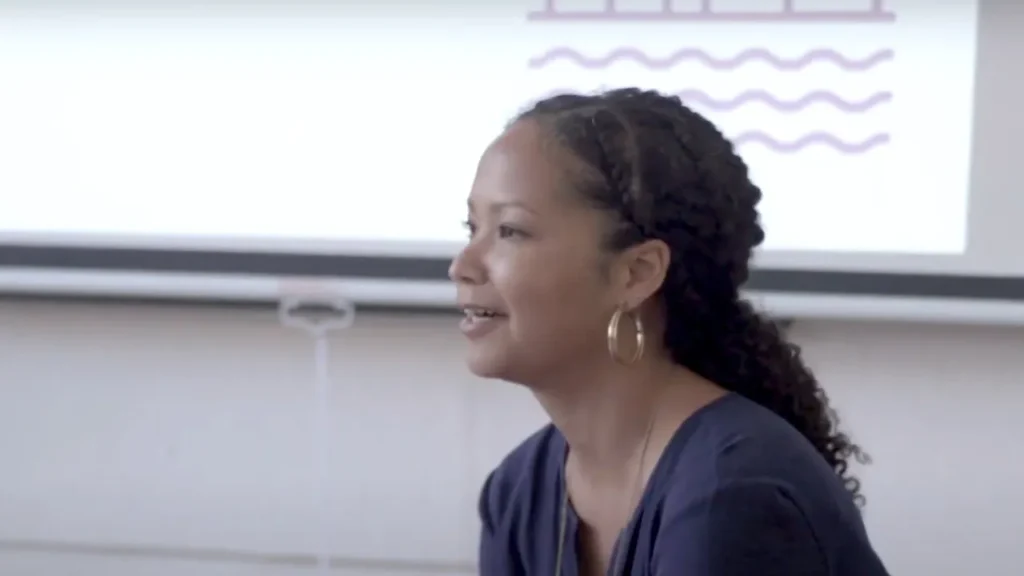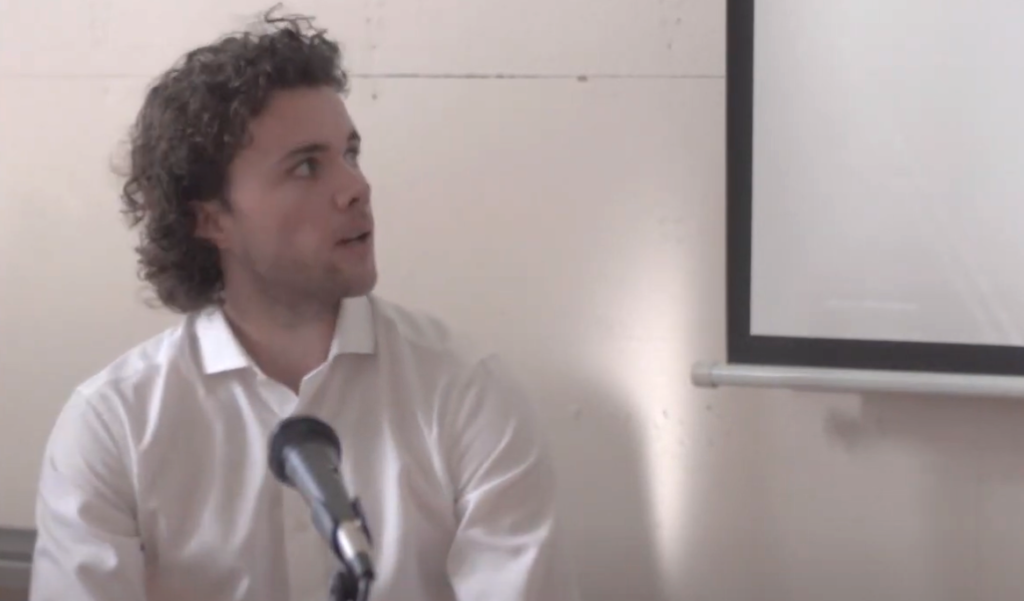I trained as a planner and believe in its value and importance for helping balance interests. Since training as a planner I have realised that the main skills I employ are increasingly psychological, social and about seeing places almost as people. With messy, irrational, surprising, maddening, amazing and inspiring qualities.
I think that part of the problem around the pervading adversarial nature of planning is that the built environment has been professionalised to such an extent, it has effectively divorced citizens, ordinary people and everyday life from their places. This is wholly wrong and we should not, as experts and practitioners, feel that our technical knowledge elevates above local knowledge. They both have value.
There is a massive opportunity for a new actor or “citizen professional” to emerge and provide the glue for holding communities, developers and planners together in the planning process. These citizen professionals are planners in the sense they are engaged in the future shape of cities, and their modus operandi is social intelligence and communication skills to broker the relationships people need with external stakeholders to get things done.
The way we plan, design and build urban space needs the same “behavioural turn” that has been applied more recently to economics. Rather than being solely governed by rational classic economics; planning is a behavioural discipline. It is concerned with shaping behaviours in urban space. Wholesale behavioural changes are needed in the planning process that has hitherto cast rigid divisions between roles and remits, professionals and non-professionals, us and them, people and place, people and profit.
We now appreciate the irrationality and wisdom of group and social behaviours, and can see how this influences and is influenced by economics. However we draw a blank when we consider our built environment and how that too should be reflected by the everyday behaviours that drive how we use spaces and places. I believe that at present design and development is a physical process with social outcomes; but if it were a social process with physical outcomes, we would have better places.
Cities and places are social networks – and streets, spaces, parks, buildings are social media. To understand how a place works we need to understand the networks and flows within it and the activities, behaviours, decisions, actions that govern them.
We have had the physical city; growing from a need to be close to resources, easily defendable by its physical setting, catering for basic survival and human need. We have had the economic city; being spaces of mass capital accumulation. Growing upwards exponentially to signal power and wealth. Urban space is a commodity to be traded and coveted for its value and abstract transformation into capital.
The future of the city and our understanding of its growth, potential and processes of change will be governed by more overt social drivers. In short, we are moving into the age of the social city.
The way we experience urban space – how we physically and cognitively process our urban environment – is a fascinating yet uncharted territory and if we understood better how we process and visualise urban space, we can surely design ones that make that experience, richer, more creative and more equitable.
The branches of psychogeography and phenomenology go some way to describe the unique relationship between urban space and behaviour or experience as it stands. If it were possible for planning and design to be more behavioural and psychologically driven, where we can design spaces to reflect how they are actually used, perhaps they would generate more positive use.
Planning is far too concerned with the 3D physicality of urban space and not concerned enough (or at all) with the stuff and experience that happens there. This is treated as a subsequent manifestation of activity and experience that happens randomly after planning.
Cities are parallel universes; they exist in our minds as well as “out there”. The purpose of planning should be to make real the connections between them. And this is where it falls apart. Because planning isn’t real. It is an art of the abstract. It is a form of version control; used to impose a single, official and usually narrow view of what and who the city is for over other, alternative and informal views. Whilst everyday life and urban reality goes on, the grid of planning floats above in abstract, bearing no resemblance to the networks, flows, actions, reactions, mess of the world below.
This single snapshot view is at the crux of power struggles and what urban scholars such a Henri Lefebvre and David Harvey call the Right to the City. Whose version is it? Can we arrive at an approach to planning and design that accounts for multiple geographies, multiple ways of seeing the city and using it?
It is the detail, the experience and the behaviour of places that can only be appreciated at a micro level but this is exactly what gets left out of plans. They draw imaginary lines around even more imaginary perceptions of place and the richness and complexity of actually experiencing and being in that place and what works get lost. We put bizarre renditions of what this will be like on hoardings; the stereotypical GAP models sipping lattes and pushing designer buggies. They are episodes and spectacles depicting a hyper-stylised and Pollyanna version of reality constructed to convince us that living here will make everything alright. What really happens in urban space is everyday life; a rich and complex area of human experience, that is largely absent from the conversation.
In our urge to make things safe, perfect, ordered, neat and easy to manage, we rip the very heart and soul away from it. JG Ballard’s writings are notorious for evoking the alienated isolation of suburban life and its bland nowherevilles. This not just an aesthetic issue; they are associated with atomised communities, lacking any social fabric or connection. People disconnected and disassociated from each other. Seeing strangers is a visceral, frightening, dangerous and potentially fatal encounter.
We need to acknowledge the importance of mess – the unfettered, unplanned, unpredictable and idiosyncratic-ness in a place. This is what gives it its unique feel and identity. Implementing macro-level programmes and policies that do not respect the mess of a place and require them to shoehorn themselves into an alien and remote box do not work. London is creaking under the weight of luxury apartment buildings bought up in a frenzy of overseas investment to stare vacantly across ever decreasing pockets of overcrowded and diminishing affordable housing and pose an almost defiant contrast to their surroundings.
For mess read, spontaneity, discovery, surprise, unknown, overlapping, changing. Things not all looking the same. Places that keep you guessing and invite you in without giving away its secrets. Yet we design and plan to avoid this sense of discovery. We plan as if to provide a form of urban autopsy – everything is dissected and sanitised and neatly controlled with no surprise or spontaneity.
Disruption shouldn’t be an episodic or insolent intervention but a necessary and valuable correction of systems and processes and vibrant process of tweaking to suit. Not an act of transgression or abnormality or attack but a constant process of challenge of norm. Disruption should be a normal function of testing tweaking and challenging way cities work by the citizens that live it and providing source of their improvement
I think we are moving away from a model of consumer wants; and formal business or state provides – towards consumer wants; consumer informally makes, (or borrows, shares and hacks.). What is the spatial manifestation of this? Does this mean we need more shared and public spaces to facilitate this collaborative economy?
This raises important questions around how we engage non-planners and non-experts into the planning process and to what extent are we, as built environment professionals, are willing to let go and relinquish some level of control. It comes at a time when cities are looking increasingly more spontaneous, DIY and collaborative. I’m interested in the future role people, as citizens and professionals, will have in planning our cities in this increasingly, disruptive, DIY and social world.
We are seeing a new type of citizen emerge who want more control over outcomes. Some are prone to this behaviour others are not. The challenge for us as professionals is to grow capacity and confidence in local people to get more involved in the changes taking place in their city and at a more sophisticated level – acting more like a community client; not supplant or stifle it.
The landscape of exchanging goods, services and resources is changing and is become more collaborative, democratic and fragmented. There is nothing stopping someone from becoming an armchair investor and even support changes in our local area. The challenge for us as designers and planners is to embrace this and accept a loss of control. Are we ready to do this?
With technology, social media and more open forms of communication, data and information about planning and what is happening in urban space at any given time by whom, when and why is more available – could we have the tools to plan our places more accurately according to how they are actually use and more meaningfully/authentically according to what people want to use them for? And the use of the term people is in its widest sense – not just professionals/politicians/usual suspects – but a richer understanding of the multiple perceptions, views and uses of space by the broad spectrum of people they represent.
After all, we wear our hearts on our streets as well as our sleeves.










